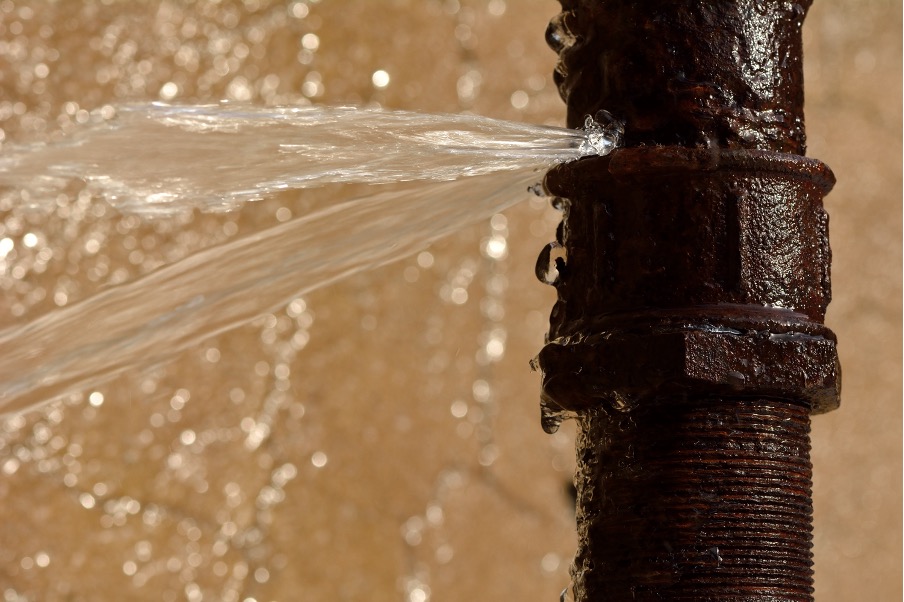6 Ways to Discover Concealed Water Leaks in Your Home
6 Ways to Discover Concealed Water Leaks in Your Home
Blog Article
How do you feel about Top leak detection hacks?

Early discovery of dripping water lines can reduce a possible calamity. Some little water leakages might not be noticeable.
1. Take A Look At the Water Meter
Every residence has a water meter. Examining it is a surefire way that aids you uncover leakages. For starters, turn off all the water sources. Guarantee nobody will certainly purge, utilize the tap, shower, run the washing machine or dish washer. From there, most likely to the meter as well as watch if it will alter. Considering that no person is using it, there ought to be no motions. That indicates a fast-moving leakage if it relocates. Similarly, if you discover no changes, wait a hr or more as well as inspect back once more. This implies you may have a slow-moving leakage that might also be below ground.
2. Check Water Intake
If you spot abrupt modifications, regardless of your intake being the same, it suggests that you have leakages in your plumbing system. An unexpected spike in your expense suggests a fast-moving leak.
Meanwhile, a stable increase every month, despite the exact same behaviors, shows you have a sluggish leak that's also gradually rising. Call a plumber to thoroughly check your residential property, specifically if you feel a cozy area on your flooring with piping beneath.
3. Do a Food Coloring Test
When it comes to water consumption, 30% comes from toilets. If the color in some way infiltrates your bowl throughout that time without flushing, there's a leak between the tank and also dish.
4. Asses Outside Lines
Don't fail to remember to examine your outside water lines also. Ought to water seep out of the link, you have a loosened rubber gasket. One little leak can lose lots of water as well as surge your water costs.
5. Examine and Analyze the Scenario
Home owners need to make it a habit to inspect under the sink counters as well as even inside cabinets for any kind of bad odor or mold and mildew development. These two red flags suggest a leak so punctual attention is called for. Doing routine inspections, even bi-annually, can save you from a major trouble.
More notably, if you know your home is currently old, keep a watchful eye on your heaters, hoses, pipelines and so on. Check for stainings and also weakening as most appliances and also pipelines have a life expectancy. They will additionally normally wear away due to deterioration. Don't wait for it to rise if you think leaking water lines in your plumbing system. Call an expert plumber as soon as possible so you don't wind up with a horrible mess in your house.
Early detection of dripping water lines can reduce a prospective calamity. Some little water leaks might not be noticeable. Checking it is a guaranteed method that aids you uncover leaks. One small leakage can squander heaps of water as well as spike your water bill.
If you suspect dripping water lines in your plumbing system, don't wait for it to intensify.
WARNING SIGNS OF WATER LEAKAGE BEHIND THE WALL
PERSISTENT MUSTY ODORS
As water slowly drips from a leaky pipe inside the wall, flooring and sheetrock stay damp and develop an odor similar to wet cardboard. It generates a musty smell that can help you find hidden leaks.
MOLD IN UNUSUAL AREAS
Mold usually grows in wet areas like kitchens, baths and laundry rooms. If you spot the stuff on walls or baseboards in other rooms of the house, it’s a good indicator of undetected water leaks.
STAINS THAT GROW
When mold thrives around a leaky pipe, it sometimes takes hold on the inside surface of the affected wall. A growing stain on otherwise clean sheetrock is often your sign of a hidden plumbing problem.
PEELING OR BUBBLING WALLPAPER / PAINT
This clue is easy to miss in rooms that don’t get much use. When you see wallpaper separating along seams or paint bubbling or flaking off the wall, blame sheetrock that stays wet because of an undetected leak.
BUCKLED CEILINGS AND STAINED FLOORS
If ceilings or floors in bathrooms, kitchens or laundry areas develop structural problems, don’t rule out constant damp inside the walls. Wet sheetrock can affect adjacent framing, flooring and ceilings.
https://www.servicemasterbyzaba.com/blog/how-to-detect-water-leakage-in-walls/

We hope you liked our section on Leaking water lines. Thanks a ton for finding the time to read our piece of content. I beg you take a moment to promote this write-up if you appreciated it. We appreciate reading our article about Top leak detection hacks.
Report this page